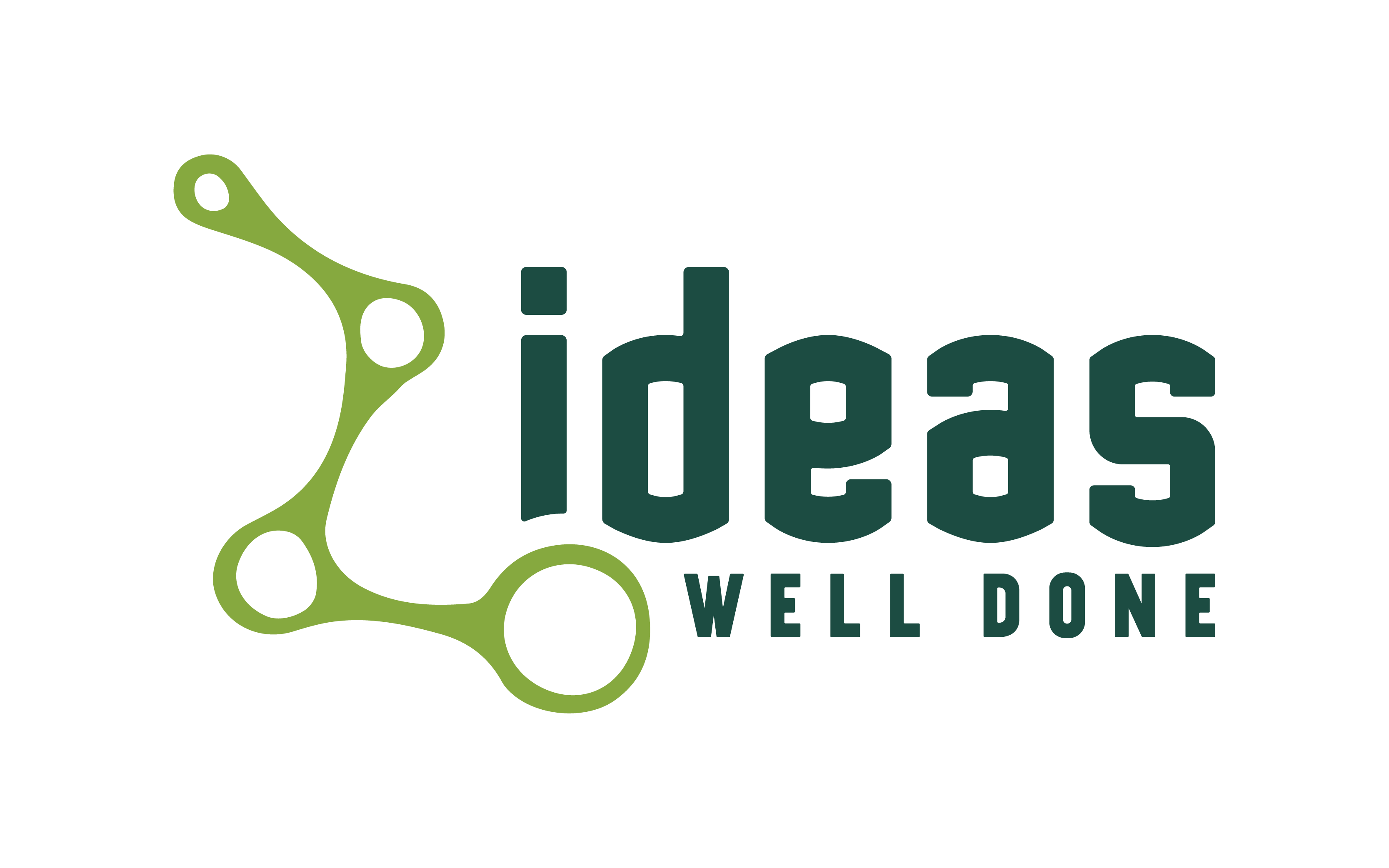Why does the industry need IoT in Restaurants?
On the surface, IoT in restaurants mostly seems like a novelty rather than a need. However, some of the available technology is quite useful. A quick web search for “freezer temperature monitoring” will show you several modules which can be set to send an email if the temperature exceeds a certain value. This seems like a worthy investment – get your cooler repaired before everything inside spoils. And yet, this type of technology has not really taken off in restaurants.
Several standalone devices reporting out warnings are not really IoT in restaurants. In fact, having too many independent services sending updates can become overwhelming to manage.
True IoT in restaurants is not a handful of equipment pieces reporting out their status. To gain the full benefit of IoT in restaurants, there are two key things needed:
1. All the equipment on the path to delivering a meal or meal item should be connected
2. All connected items should be reporting to and controlled by a central computer or server
Item number two is what allows IoT in restaurants to make powerful efficiencies possible.
Let us take for example a restaurant that serves French fries. In this example, imagine that every step is completed by a fully automated piece of cooking equipment. With IoT in restaurants, the orders are entered at the front register, or from a web app. The information gets sent directly to the freezer which is holding the frozen fries. The freezer dispenses fries into the fryer. The fryer cooks the fries for the perfect amount of time, never overcooking or undercooking. The fryer transfers the product to a salting station, and eventually a packaging station. The fries are now ready to be delivered to the customer. Consider that with a central server for IoT in restaurants, the system knows which stations are busy and when they will be ready to process the next order. Stations can be optimized by the central server to operate as a lean manufacturer.
Now that we have established how the freezer, fryer, salt, and packaging station could all be connected as a single system that produces packaged fries, let's add another layer of complexity.
The likelihood is that the fries were ordered as part of a meal. Let us say for example they go along with a grilled chicken sandwich. We imagine a fully automated system that grills the chicken and places it on a bun with toppings and condiments. Consider that the system to make the chicken sandwich is a separate pathway with different steps from the fries. Additionally, it is unlikely that the path to deliver a grilled chicken sandwich will take the same amount of time as the path to delivering fries.
With IoT in restaurants, the central server will be required to coordinate each individual system such that the fries and the chicken sandwich are completed at the same time. The beauty of IoT in restaurants is that data is being collected constantly and machines complete their tasks in the same amount of time every time. The only variables are which meals are being requested and at what time. IoT in restaurants will be well equipped to maximize throughput in the kitchen.
What do KDS have to do with IoT in Restaurants?
Businesses have been producing KDS for many years. These are the monitors seen throughout a restaurant kitchen. They are located at each station and tell the staff which meal item to produce next. The order information is sent from the front cash register. The kitchen staff can “bump” the meal item off the monitor when completed. This would advance the meal to the next station’s monitor or tell the system that the meal has been served to the customer.
KDS systems are already most of the way to being an IoT in restaurants infrastructure.
The main difference will be that KDS will no longer display information, they will simply send commands to an automated cooking station.
Why foodservice equipment manufacturers should acquire or partner with KDS providers for IoT in Restaurants
Foodservice equipment manufacturers are foodservice equipment manufacturers. Many have demonstrated excellent abilities to add technology to their equipment. At the end of the day, their expertise lay in the equipment. Have you ever driven a car with built-in navigation? Often the maps are out of date, and the user interface is inferior to systems like Google maps or Garmin. Finally, most automakers have embraced Apple Car Play and Android Auto. Why? Because these are the best companies in the world at developing this type of technology. They are set up for it, and they improve and update daily.
IoT in restaurants is no different. Foodservice equipment manufacturers who acquire or partner with KDS or POS companies will be much better equipped to deliver a useful IoT in restaurants.
Let us go back to an earlier segment in this article. We discussed the idea that most everything in a kitchen needs to be connected for IoT in restaurants to be useful. This means that the foodservice equipment manufacturer who develops the best IoT in restaurants will have the opportunity to both encourage restaurants to buy everything from them for best integration and to license the technology to other manufacturers.
We believe this future is inevitable. Foodservice equipment manufacturers who make moves towards IoT in restaurants will be industry leaders. Everyone else will be, at best playing catch up.



